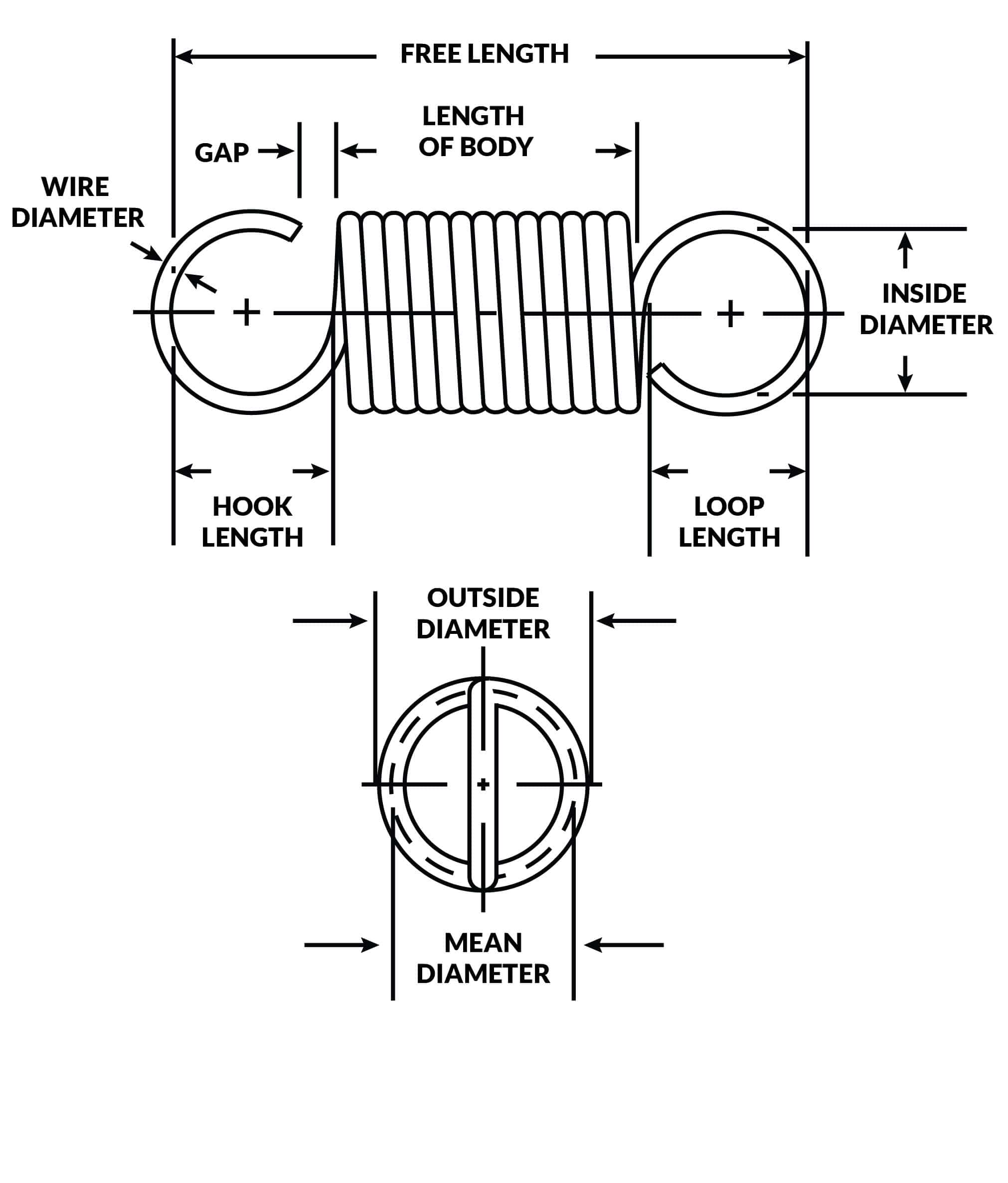Get unique, complex parts easily. No matter your requirements, Chaoyi Spring creates hard-to-produce coil springs and wire forms.
Let us help you create the custom wire form you need, from S-hooks and J-hooks to utility hooks and more.
We work closely with customers across a wide range of industries, helping them design and manufacture made-to-order parts.
Why choose Chaoyi Spring? We prioritize customer-focused collaboration, modern equipment and the latest technology to make your parts per print.
Find the information and guidance you need, from measuring a spring to learning about materials, placing an order and much more.
The spring compression formula, a fundamental concept in physics and engineering, quantifies the relationship between force applied to a spring and its resulting compression. This formula is crucial for understanding


The spring compression formula, a fundamental concept in physics and engineering, quantifies the relationship between force applied to a spring and its resulting compression. This formula is crucial for understanding spring behavior and designing various mechanical systems, from simple spring-loaded mechanisms to complex shock absorbers. Understanding the factors that influence spring compression, including spring constant and applied force, is essential for optimizing performance and ensuring safe and reliable operation. This article delves into the spring compression formula, exploring its underlying principles, common applications, and practical considerations for maximizing compression while maintaining optimal spring functionality.

The spring compression formula is a simple yet powerful equation that describes the relationship between the force applied to a spring and the resulting change in its length. It is represented as:
F = kx
Where:
This formula highlights a key aspect of spring behavior: the force required to compress a spring is directly proportional to the compression distance. The stiffer the spring (higher 'k' value), the more force is needed to achieve the same compression.
The spring compression formula is invaluable across various fields and applications:
Maximizing spring compression while maintaining optimal performance involves considering several key factors:
Selecting the appropriate spring for maximum compression involves understanding the specific application requirements and considering the following steps:
The spring compression formula is a powerful tool for understanding spring behavior and designing various mechanical systems. By carefully considering factors such as spring constant, material properties, and operating environment, you can optimize spring compression for enhanced performance and reliability. Choosing the right spring for maximum compression involves a comprehensive understanding of the application requirements and the ability to balance compression capacity with overall system behavior. Always prioritize safety by ensuring that spring compression remains within its design limits. By applying these principles and seeking expert advice, you can effectively maximize spring compression for a wide range of engineering applications, ensuring reliable and efficient operation of your mechanical systems.
Understanding and applying the spring compression formula is crucial for optimizing the performance of various mechanical systems. By carefully considering the factors that influence spring compression and working closely with spring manufacturers, engineers can achieve maximum compression while ensuring safety and reliable operation. This knowledge empowers engineers to design efficient and robust systems that leverage the full potential of springs in diverse applications.
Browse some of the custom wire forms and springs that we manufacture. Don’t see what you need? We specialize in made-to-order products that meet your application requirements.
Visit Our GalleryNeed a custom wire form or coil spring? We make it work. Fill out the contact form and a representative will respond within 1 business day. If you have a PDF or CAD file, you can submit to request a quote.